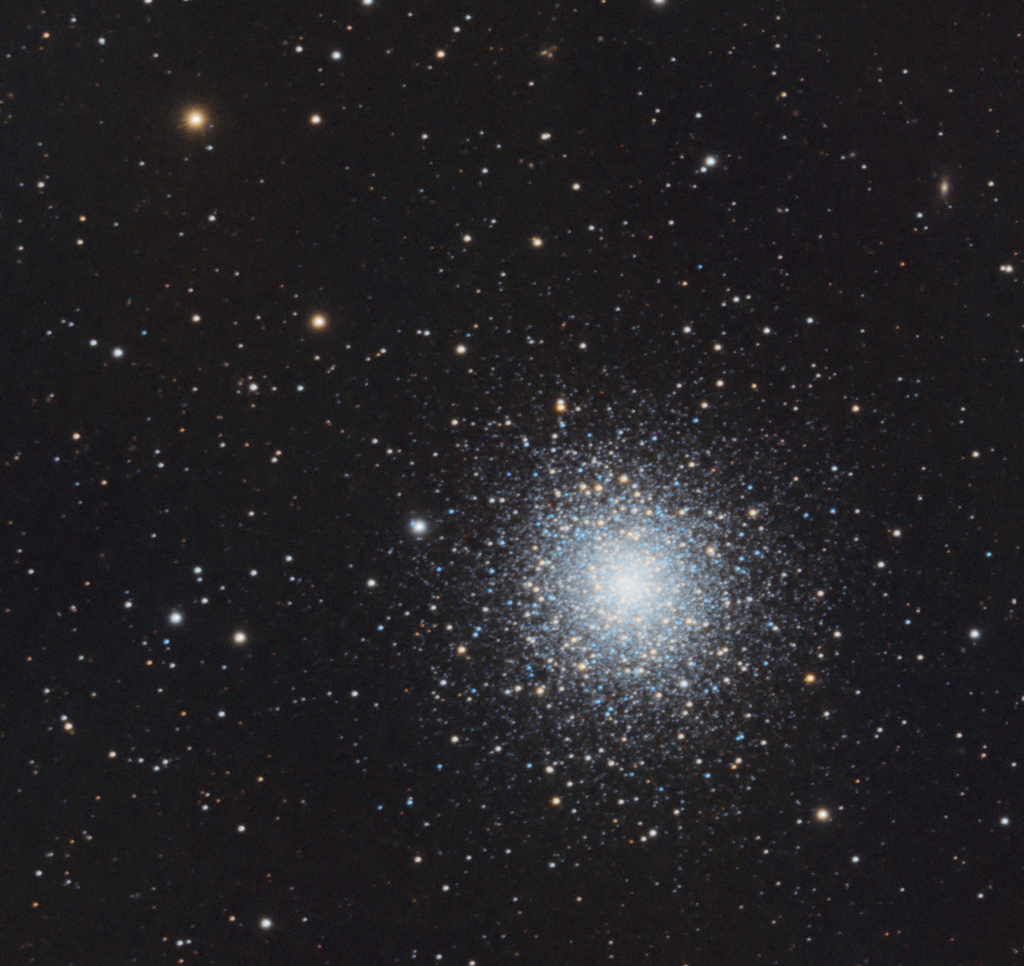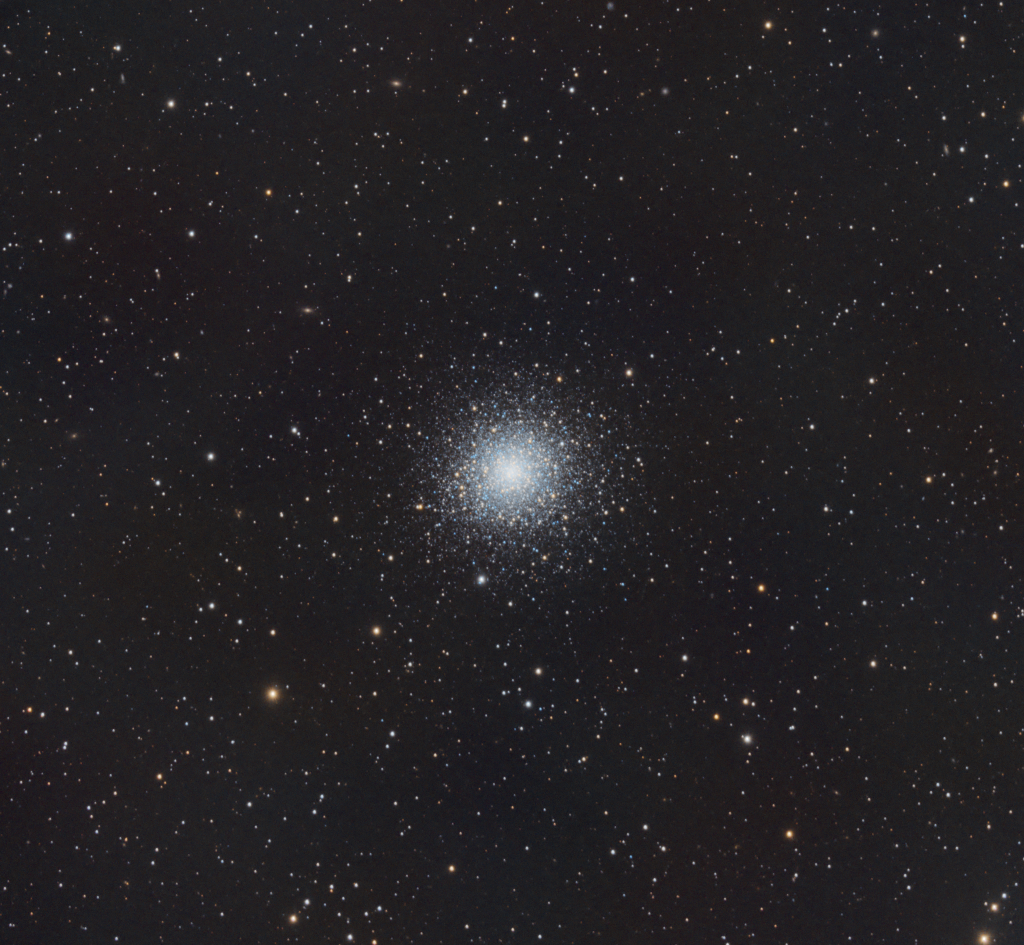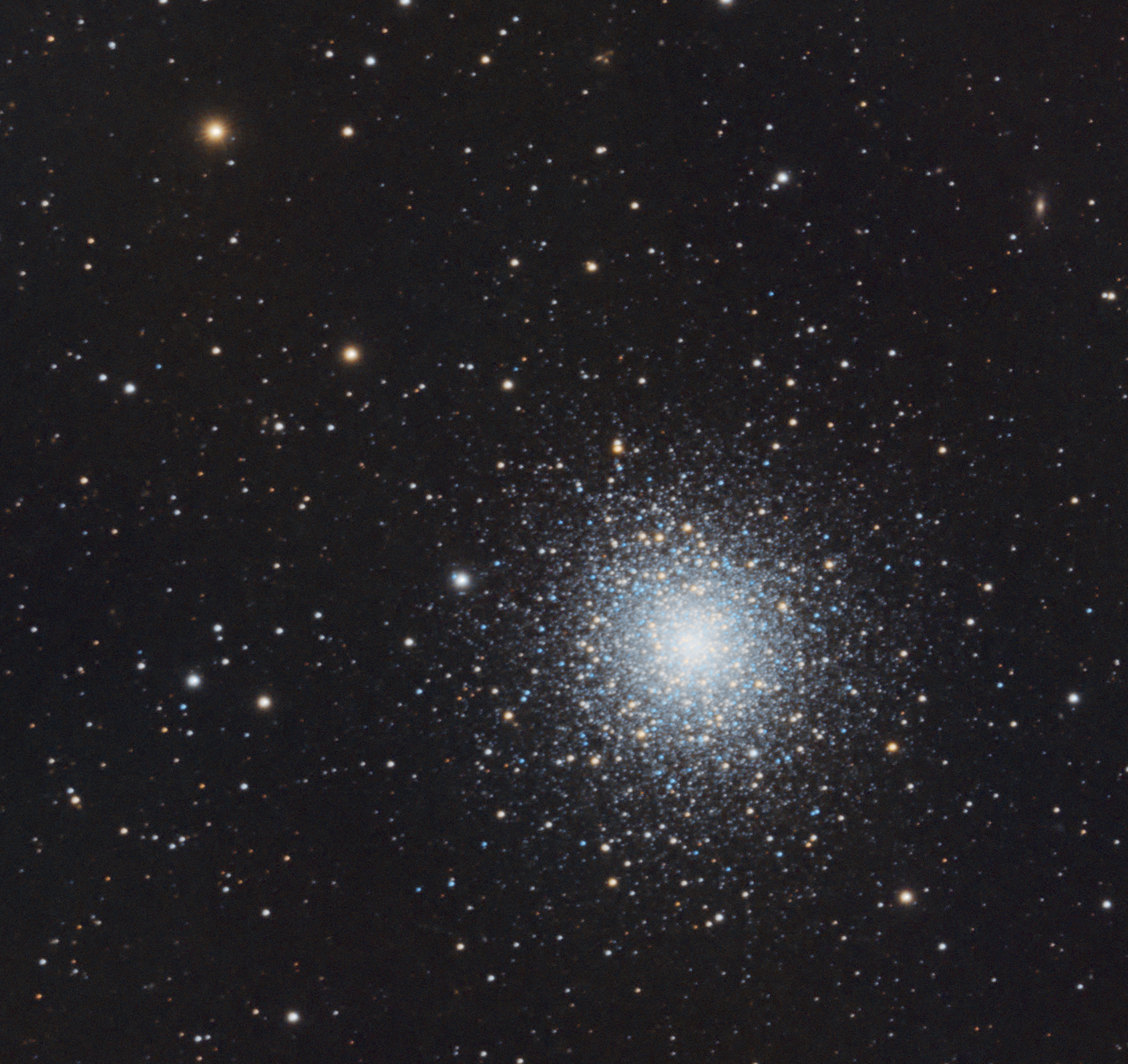
Similar Posts
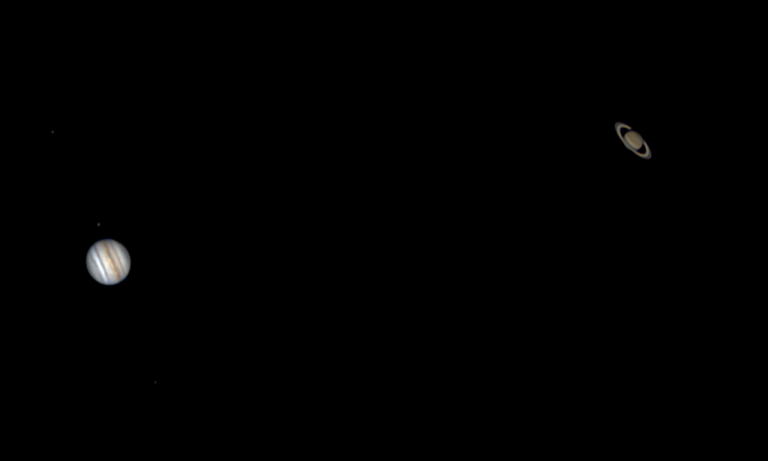
The “Christmas Star?” Not really.
On December 21, 2020, something really special happened in the sky: Jupiter and Saturn had an approach so close that it only happens every 800 years or so. They were so close in the sky that to the unaided eye, they looked like a single, bright star. This led many to proclaim it to be…
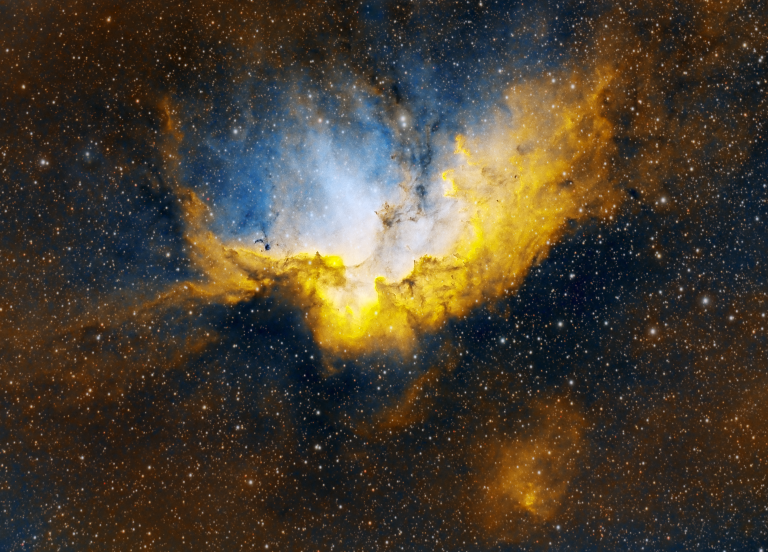
Off to See the Wizard (again)
These past couple of nights, I revisited the Wizard Nebula – home of a star cluster about 7,000 light-years away within the constellation Cepheus. This is a false-color image in the “Hubble Palette” where red, green, and blue represent ionized Sulphur, Hydrogen, and Oxygen emissions respectively. Can you see the “wizard”? Hint: he’s lying on…
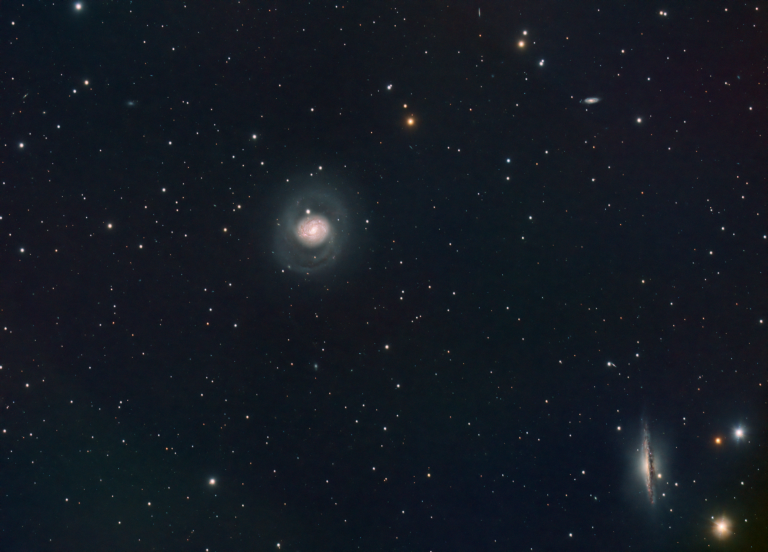
Staring Into the Void with M77
This was intended to just be an image of the galaxy M77 in Cetus, but quite a few other galactic photobombers showed up! The annotated image below guides you to the brighter galaxies in this image, but click on it to expand it, and you’ll find many other ones as well that are incomprehensibly distant.
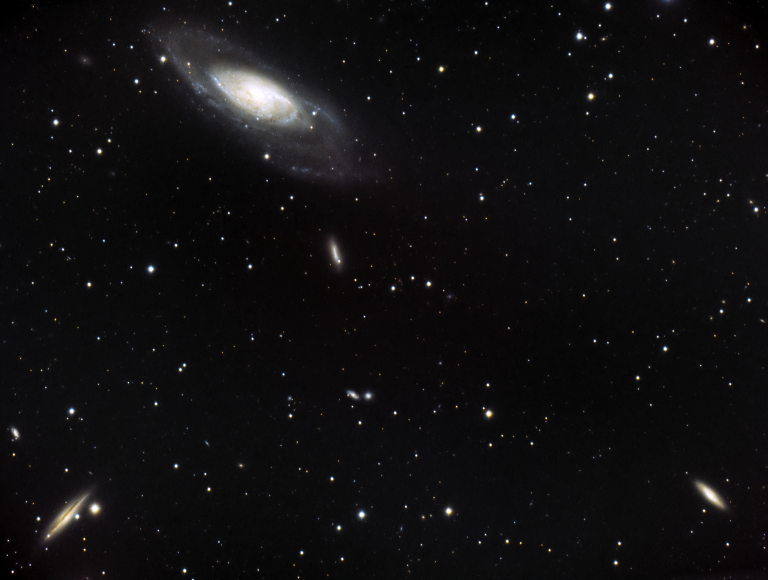
The galaxy M106
The larger galaxy in this image goes only by the boring name “M106”, but it’s anything but boring. About 23 million light-years away, M106 is pretty similar to Andromeda in its size and brightness. But M106 is a lot weirder. In addition to its slightly warped shape, M106 is the home of a giant water-vapor…
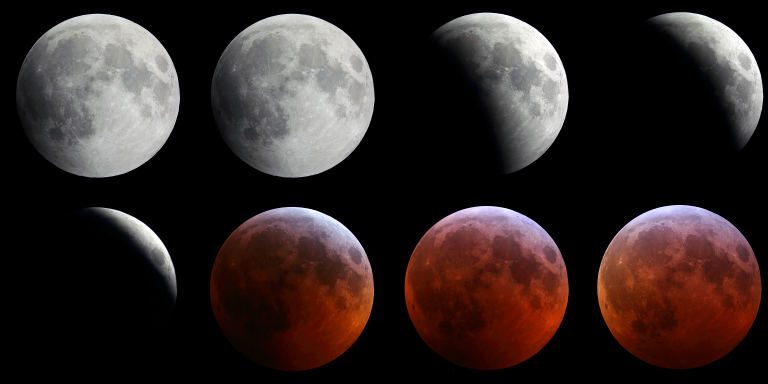
Lunar Eclipse Jan 2019
A progression of photos taken at 15-minute intervals from 10:30 PM to 12:15 AM on the evening of Jan 20-21, 2019. Click to zoom in – there’s a lot of detail!
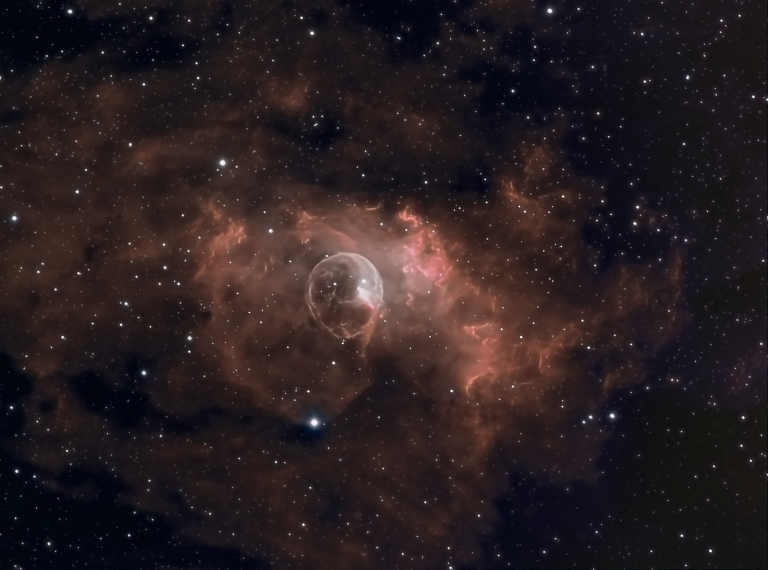
The Bubble Nebula
11 light years away, the “bubble” itself is formed from the solar wind of the large, hot star inside of it. Imaged with narrowband filters.

